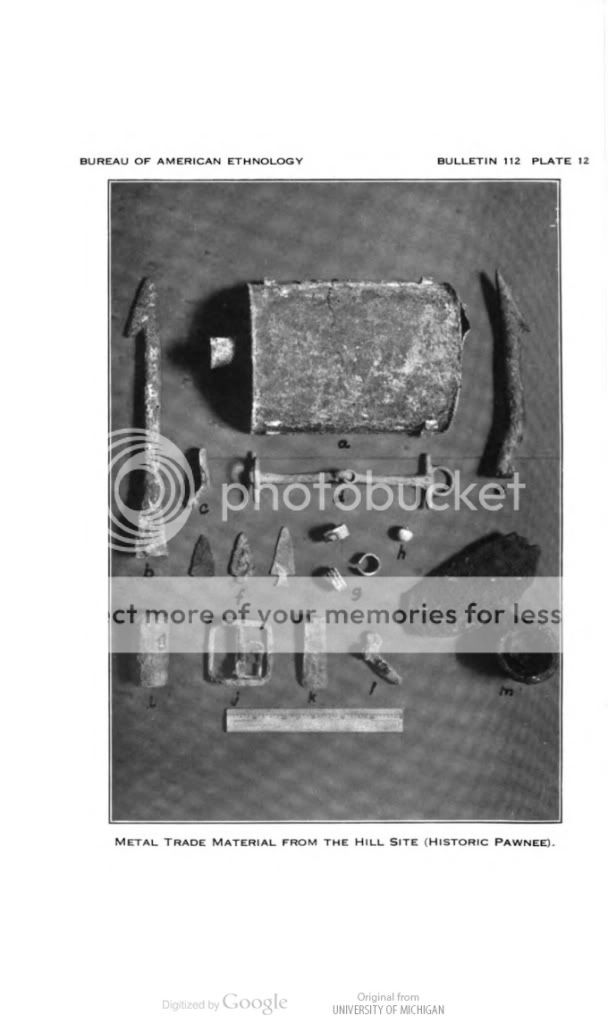Grenadier1758 said:
Colonial troops seldom carried canteens. This was due mainly to availability of clean water from frequent stream crossings.
That's not my impression.
The Pennsylvania Packet
January 4, 1777
.... DESERTED from Capt. Alexander Lawson Smith Company in the rifle battalion commanded by Col. Rawlings, .”¦Riley and Fitzpatrick deserted together Dec. 17, and took with them their knapsacks, blankets,
canteens and rifles.
journal of Arthur Harris of Bridgewater coy of militia, requirements for Mass. militia in 1775: “Each soldier to provide himself with/.. A
Canteen or Wood Bottle to hold 1 Quart."
The Pennsylvania Packet
August 20, 1778
For the PENNSYLVANIA PACKET. To the MEETING for SUFFERINGS for Pennsylvania and New Jersey, on behalf of the society of people called Quakers. "While the British army was in this city, a soldier belonging to it, going past my house, saw some hickory wood which I had just bought, and took a log of it; I asked him what he was going to do with that log? He then put it down, and asked me if he might have it? to which I consented, but upon my asking him for what purposes he wanted it? He replied, that it looked as if it would split well, and would make good hoops for
canteens; upon which I told him, when I consented that thee should have it, I supposed thee wanted it for fuel, or some other of the ordinary purposes of life, but as it has come to my knowledge that thee wants it to make warlike instruments with, thee must not have it upon any account with my consent, and he got it not."
THE VIRGINIA GAZETTE
May 6, 1775
WILLIAMSBURG
A FEW nights ago some people privately entered the public magazine in this city and took a great number of guns, cartouch boxes, swords,
canteens, &c. for which his Excellency the Governor has ordered a diligent search to be made”¦”¦
THE VIRGINIA GAZETTE 3
August 25, 1775
WHEREAS it is found necessary, in the present time of danger, that a number of forces should be immediately raised”¦ Be it therefore ordained, ..., that the soldiers to be enlisted shall, at the expense of the publick, be furnished each with one good musket and bayonet, cartouch box, or pouch, and
canteen;
THE VIRGINIA GAZETTE 2
October 5, 1775
WANTED IMMEDIATELY
FOR the army, camp Kettles, either tin or brass”¦...
Canteens are also much wanted; and it is requested of the respective committees to make immediate enquiry after those taken from the magazine, and contrive them to the head quarters, not omitting those that are damaged, which may be repaired.
THE VIRGINIA GAZETTE 3
September 12, 1777
WANTED immediately, four or five hands acquainted with working up TIN SHEET into kettles and
canteens , to whom generous wages will be given, by applying to the subscriber in Williamsburg.
Spence






